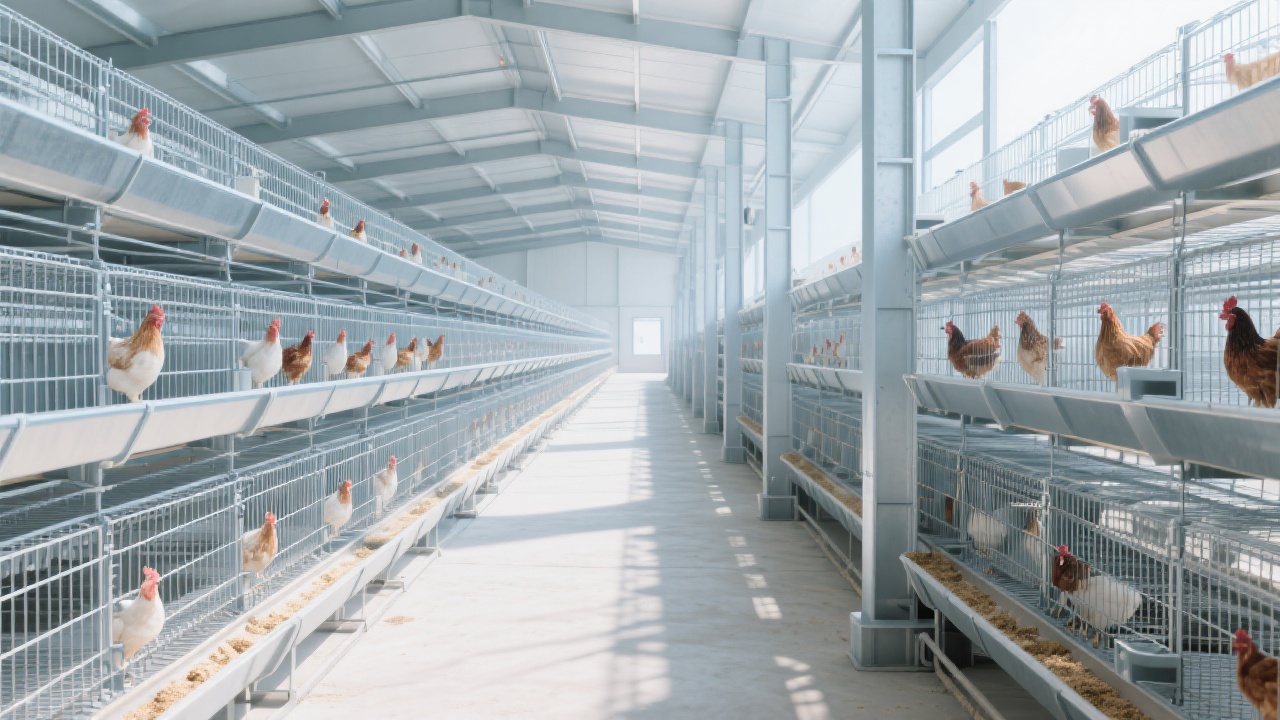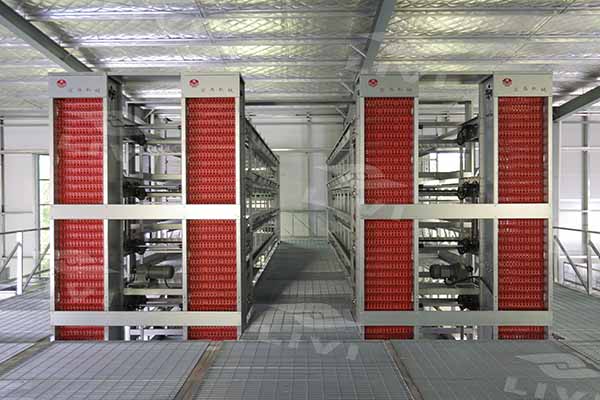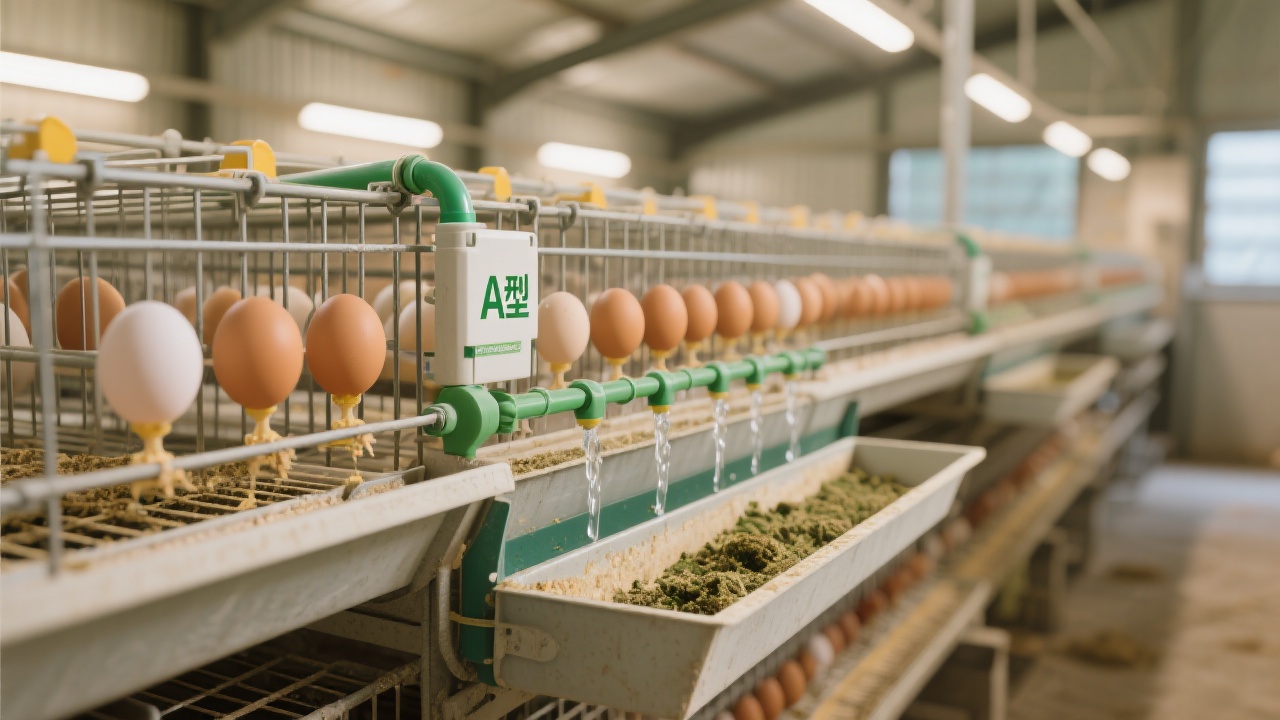
Modern large-scale laying hen farms are increasingly challenged by rising labor costs and operational inefficiencies. Manually clearing manure is labor-intensive, prone to hygiene lapses, and restricts growth potential. This article delves into how Zhengzhou Liwei Machinery’s H-shaped tiered layer cages combined with integrated automatic egg collection and manure removal systems significantly boost farm productivity and flock health.
Traditionally, the cleaning of poultry manure is a tedious daily task requiring substantial human effort, averaging nearly 35% of labor hours on a typical farm of 20,000 layers. Not only is this costly—labor expenses increasing by 8% annually across the sector—but manual methods also risk inconsistent hygiene standards leading to stress in poultry and increased incidence of disease, ultimately reducing egg output.
The transition to automated manure cleaning systems offers a tangible solution. Automated scraping mechanisms reduce manual labor demand by over 30%, enabling more frequent and thorough waste removal. This fosters a drier, healthier environment critical for improving air quality inside henhouses and lowering ammonia levels by an average of 40%, directly correlating with improved flock welfare.
The H-shaped cage design optimizes vertical and horizontal space utilization, allowing for denser flock arrangements without compromising bird comfort or accessibility. Unlike conventional A-frame or flat-layered cages, the H-type structure features dual layers arranged to maximize airflow and sunlight exposure, improving bird activity and health metrics.
Integrated automatic egg collection systems, paired with the automatic manure removal conveyor belts positioned beneath each tier, streamline operations. These systems are modular, allowing farms to phase investment gradually while maintaining continuous productivity.

| Operational Parameter | Pre-Automation | Post-Automation | Improvement (%) |
|---|---|---|---|
| Labor Hours per 10,000 Hens per Day | 12 hrs | 8 hrs | -33% |
| Average Ammonia Concentration (ppm) | 25 ppm | 15 ppm | -40% |
| Egg Production Rate | 85% | 90% | +5% |
Critical to successful implementation is the selection of equipment customized to farm size and layout. Zhengzhou Liwei Machinery recommends evaluating manure load per hen and cage density before installation. The modular system design supports flexible installation on existing cage infrastructure.
For optimal performance, routine inspections every 3 months ensure conveyor belts and scrapers operate without obstruction. Lubricating moving parts and monitoring sensor calibrations minimize downtime. Training farm staff on system controls further enhances operational reliability and quick troubleshooting.

Feedback collected from multiple scaled farms implementing these automated systems highlights consistent reductions in labor dependence alongside improvements in bird health markers such as reduced footpad lesions and respiratory issues. One representative operation reported a 7% increase in annual revenue attributed to higher egg yields and lower veterinary costs.
Integration of IoT-enabled monitoring allows real-time parameter tracking, facilitating data-driven decision-making to fine-tune environmental controls and feeding schedules. This holistic approach underscores the strategic value of intelligent automation beyond mere labor savings.

Navigating the transition to automated manure management and egg collection demands informed planning and technology partnership. Zhengzhou Liwei Machinery offers detailed technical blueprints, installation videos, and ongoing support tailored to farm needs.
Explore Our Free Smart Farming Blueprint and Join Industry Experts

